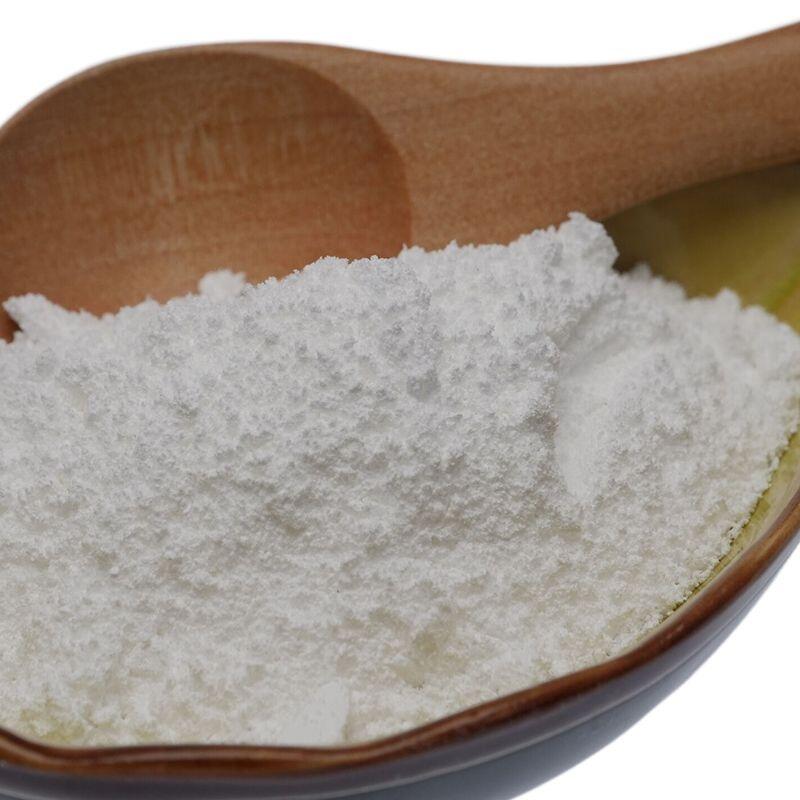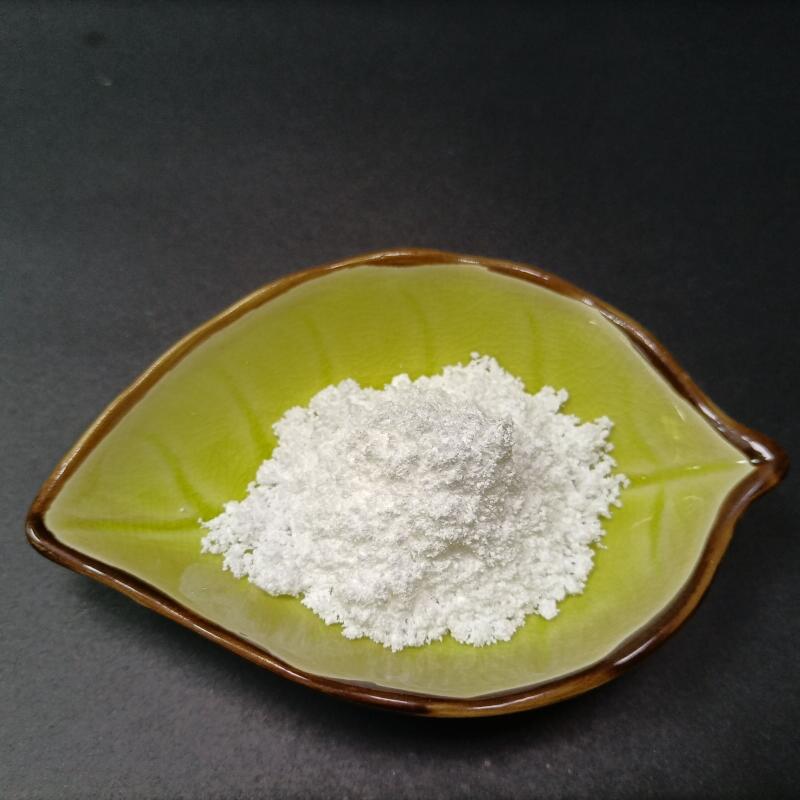-
Categories
-
Pharmaceutical Intermediates
-
Active Pharmaceutical Ingredients
-
Food Additives
- Industrial Coatings
- Agrochemicals
- Dyes and Pigments
- Surfactant
- Flavors and Fragrances
- Chemical Reagents
- Catalyst and Auxiliary
- Natural Products
- Inorganic Chemistry
-
Organic Chemistry
-
Biochemical Engineering
- Analytical Chemistry
-
Cosmetic Ingredient
- Water Treatment Chemical
-
Pharmaceutical Intermediates
Promotion
ECHEMI Mall
Wholesale
Weekly Price
Exhibition
News
-
Trade Service
The footsteps of spring come quietly, and it is the season of blossoming flowers.
However, for people allergic to pollen, it is the time of sneezing, tearing, and stuffy nose.
Flower lovers should not be too happy.
Recently, researchers from the Technical University of Munich (TUM) discovered that the higher the concentration of pollen in the air, the higher the SARS-CoV-2 infection rate.
In order to study the potential impact of pollen-virus co-exposure, researchers conducted a large cross-sectional and longitudinal study based on 248 air pollen monitoring sites in 31 countries around the world.
From March 10th to 14th, 2020, throughout the northern hemisphere, warm weather caused pollen concentrations in the air (indicated by the larger circle in Figure 2), which was more pronounced on the European continent on March 12.
The researchers found that this phenomenon coincides with the high infection rate of SARS-CoV-2 (represented by a darker circle in Figure 2).
In order to clarify the impact of person-to-person contact, the researchers considered the population density of each study area and the effect of blockade, in all possible combinations: no blockade, mixed blockade-no blockade system, and complete blockade.
Researchers have found that in some cases, the concentration of pollen in the air has a synergistic effect with humidity and temperature.
After the pollen concentration was higher in the first 4 days, the infection rate increased most frequently.
In the time interval without lockdown, for every 100 pollen added per cubic meter of air, the infection rate increased by an average of 4%.
In some cities in Germany, the recorded pollen grain concentration per cubic meter per day is as high as 500, resulting in an overall increase in the infection rate by more than 20%.
However, in areas subject to lockdown rules, with comparable pollen concentrations, the average infection rate has dropped by half.
Pollen in the air weakens the immune response.
High pollen concentration can weaken the respiratory tract's immune response to the virus, which can cause coughs and colds.
When a virus enters the human body, the anti-viral interferon protein will send a signal to nearby cells to enhance its anti-viral defense ability, thereby preventing invaders.
However, if the pollen concentration in the air is high and the pollen particles are inhaled by virus particles, the production of antiviral interferons will be reduced, and the beneficial inflammatory response itself will also be affected.
Therefore, on days when the pollen concentration is high, the number of respiratory diseases may increase.
It is worth noting that this has nothing to do with whether the individual is allergic to different pollen types.
In summary, the infection of endemic coronaviruses (OC43, HKU1, 229E and NL63 strains) and other common respiratory viruses (such as respiratory syncytial virus and influenza A) reach their peak in winter or early spring.
High-risk groups can protect themselves by observing pollen forecasts and wearing dust masks.
Original source: Athanasios Damialis et al.
Higher airborne pollen concentrations correlated with increased SARS-CoV-2 infection rates, as evidenced from 31 countries across the globe, Proceedings of the National Academy of Sciences (2021).
DOI: 10.
1073/pnas.
2019034118 For more information, please click to read the original text to download the Metz Medical APP~
However, for people allergic to pollen, it is the time of sneezing, tearing, and stuffy nose.
Flower lovers should not be too happy.
Recently, researchers from the Technical University of Munich (TUM) discovered that the higher the concentration of pollen in the air, the higher the SARS-CoV-2 infection rate.
In order to study the potential impact of pollen-virus co-exposure, researchers conducted a large cross-sectional and longitudinal study based on 248 air pollen monitoring sites in 31 countries around the world.
From March 10th to 14th, 2020, throughout the northern hemisphere, warm weather caused pollen concentrations in the air (indicated by the larger circle in Figure 2), which was more pronounced on the European continent on March 12.
The researchers found that this phenomenon coincides with the high infection rate of SARS-CoV-2 (represented by a darker circle in Figure 2).
In order to clarify the impact of person-to-person contact, the researchers considered the population density of each study area and the effect of blockade, in all possible combinations: no blockade, mixed blockade-no blockade system, and complete blockade.
Researchers have found that in some cases, the concentration of pollen in the air has a synergistic effect with humidity and temperature.
After the pollen concentration was higher in the first 4 days, the infection rate increased most frequently.
In the time interval without lockdown, for every 100 pollen added per cubic meter of air, the infection rate increased by an average of 4%.
In some cities in Germany, the recorded pollen grain concentration per cubic meter per day is as high as 500, resulting in an overall increase in the infection rate by more than 20%.
However, in areas subject to lockdown rules, with comparable pollen concentrations, the average infection rate has dropped by half.
Pollen in the air weakens the immune response.
High pollen concentration can weaken the respiratory tract's immune response to the virus, which can cause coughs and colds.
When a virus enters the human body, the anti-viral interferon protein will send a signal to nearby cells to enhance its anti-viral defense ability, thereby preventing invaders.
However, if the pollen concentration in the air is high and the pollen particles are inhaled by virus particles, the production of antiviral interferons will be reduced, and the beneficial inflammatory response itself will also be affected.
Therefore, on days when the pollen concentration is high, the number of respiratory diseases may increase.
It is worth noting that this has nothing to do with whether the individual is allergic to different pollen types.
In summary, the infection of endemic coronaviruses (OC43, HKU1, 229E and NL63 strains) and other common respiratory viruses (such as respiratory syncytial virus and influenza A) reach their peak in winter or early spring.
High-risk groups can protect themselves by observing pollen forecasts and wearing dust masks.
Original source: Athanasios Damialis et al.
Higher airborne pollen concentrations correlated with increased SARS-CoV-2 infection rates, as evidenced from 31 countries across the globe, Proceedings of the National Academy of Sciences (2021).
DOI: 10.
1073/pnas.
2019034118 For more information, please click to read the original text to download the Metz Medical APP~







